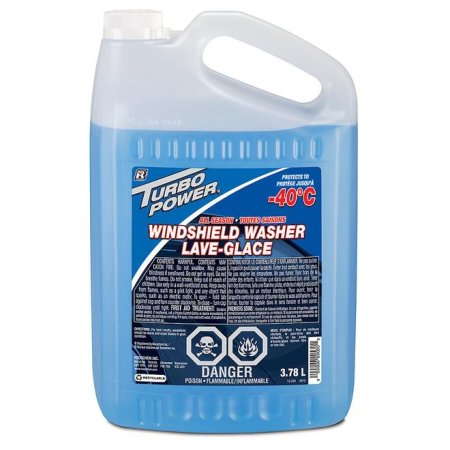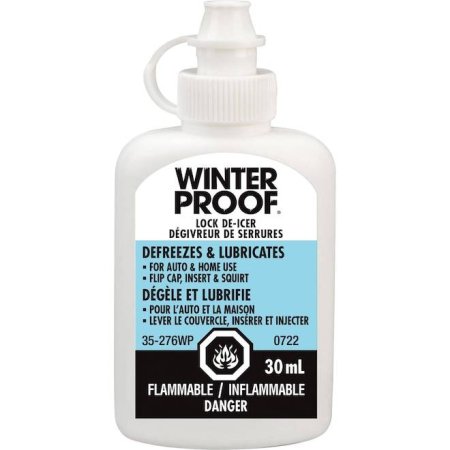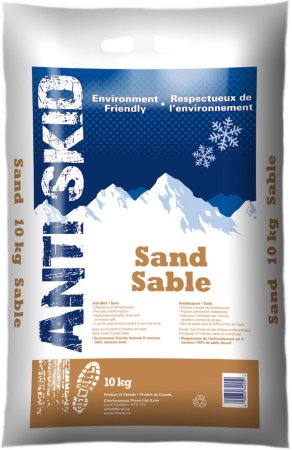The Curator independently decides what topics and products we feature. When you purchase an item through our links, we may earn a commission. Promotions and products are subject to availability and retailer terms.
As the days get shorter and colder, preparing your vehicle for winter driving is crucial.
According to the RCMP, in 2017 nearly 30 per cent of accidents happened on wet, snowy or icy roads. In addition to checking conditions before hitting the road, having a winter safety kit in your car is important. The CAA notes that 50 per cent of Canadians have such a kit in their car.
“The best time to get your car winter-ready is before the snow falls,” says Kristine D’Arbelles, Senior Director of Public Affairs for CAA National.
In case a roadside emergency occurs, it’s important to be equipped with all the essentials.
“Having an emergency kit in your car is always a good idea, but especially important during the winter,” suggests D’Arbelles. “You can build your own using common household items such as a flashlight with extra batteries, a snow brush, a bag of kitty litter, paper towels, and a small toolkit or a few screwdrivers and pliers.”
Check out CAA’s emergency kit checklist for winter driving.
Here’s how to get started.

As the sun sets so early in the winter, it’s a good idea to have a flashlight handy for roadside emergencies. Because batteries can drain in the cold, try a crank flashlight so you can be sure it will work no matter what the temperature is outside. Each minute of cranking will get you ten minutes of light.

If your car breaks down on the road at night, be sure to alert drivers that it’s out of commission. Place reflective triangles around your car as a safety precaution. The safest place to wait while help is on the way is inside your car.
Having a first aid kit in your car is recommended year-round. This small kit won’t take up much space and it’s loaded with all the essentials, including scissors, gloves, bandages, gauze and tape.

It might seem like a given to carry a brush and scraper in the car, but, before the snow hits, make sure yours is still in good condition and big enough to get the job done.

If you find yourself stuck in a snowdrift or a plow has blocked you in, you’ll need a shovel to help break free. If you’re getting a small shovel that will easily fit in your car, make sure it has a long handle for when you need to start digging.

Salt and slush can make it difficult to see outside your windshield while driving. Make sure your washer fluid is always filled up and keep extra in the trunk for emergencies – it should contain de-icer for the winter months. Even though most cars will alert you when fluid is low, double-checking is always a good idea, especially if you’ll be driving on the highway for long periods of time.

If your locks are frozen, you’ll need a de-icer to help get you inside the car. CAA pro tip: In extreme cold, keep de-icer with you instead of in your vehicle.

Having a bag of sand or kitty litter in your trunk is an easy way to add weight and traction to your car. And if your wheels are spinning on ice, you can sprinkle some around your wheels to help you get moving.

In case you or another driver’s car needs a jumpstart, always be prepared with booster cables. “Make sure your booster cables come with instructions, as many people don’t know how to properly use them,” D’Arbelles says.

“If you are stuck on the side of the road, even for just 30 to 45 minutes, you will want a warm blanket, extra hats and mittens for everyone in the car, especially if your vehicle’s battery is dead and won’t start, ” says D’Arbelles. Water and granola bars are also nice to have, in case of emergency.
Another key for winter driving? Proper tires.
“I always say, if you have the opportunity to be able to get winter tires, I highly recommend it,” D’Arbelles says. “The unique construction of winter tires makes them an excellent solution for cold weather driving and snowy or icy conditions. The rubber in winter tires is designed to stay flexible in cold temperatures. Improved flexibility allows for better traction in snow, ice and slush as well as on cold clear roads and dry pavement.”
© 2023 Global News, a division of Corus Entertainment Inc.



